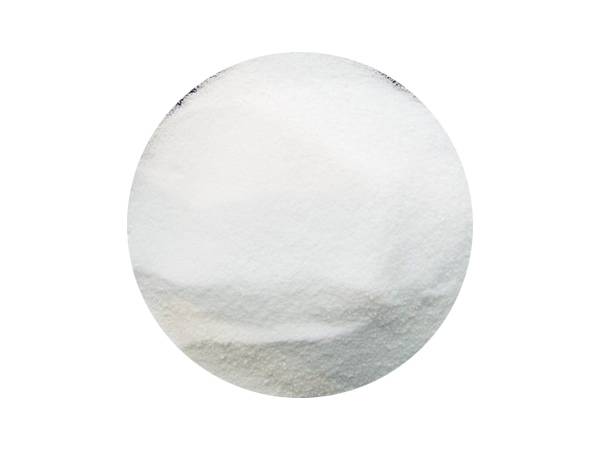



polyacrylamide analysis
An In-Depth Analysis of Polyacrylamide Properties, Uses, and Applications
Polyacrylamide (PAM) is a synthetic polymer widely utilized in various fields due to its versatile properties. Formed from the polymerization of acrylamide monomers, polyacrylamide has garnered significant attention in contexts ranging from water treatment to biomedical applications. This article explores the characteristics, methodologies for analysis, and numerous applications of polyacrylamide.
Properties of Polyacrylamide
Polyacrylamide is notable for its high molecular weight and its ability to form hydrogels. It is soluble in water, and its solubility increases with the degree of hydrolysis. The polymer can exist in various forms, including anionic, cationic, and non-ionic, each exhibiting unique interactions with other molecules based on their charge. The adjustment of these charges allows for manipulation of interaction with ions and organic molecules, enabling a diverse range of applications.
Another vital characteristic of polyacrylamide is its gel-forming capability. Through cross-linking, researchers can create a gel matrix that provides a stable environment for various biological and chemical processes. This property is particularly useful in electrophoresis, a technique commonly employed in molecular biology for the separation of proteins and nucleic acids.
Methods of Analysis
The analysis of polyacrylamide focuses on various quantitative and qualitative properties, mainly influenced by its molecular weight, cross-link density, and thermal behavior. Several methods are employed to characterize polyacrylamide
1. Gel Permeation Chromatography (GPC) This technique measures the molecular weight distribution of polyacrylamide samples. By analyzing how polymer chains elute through a column filled with porous beads, scientists can derive information about the size and distribution of the polymer chains.
2. Dynamic Light Scattering (DLS) DLS provides insights into the hydrodynamic radius of polyacrylamide molecules in solution, highlighting the influence of particle size on the polymer's behavior in various environments.
3. Fourier Transform Infrared Spectroscopy (FTIR) This method is used to identify functional groups within the polymer. FTIR can show how polyacrylamide interacts with other compounds, which is crucial for determining its functional applications.
4. Thermogravimetric Analysis (TGA) TGA is useful for studying the thermal stability of polyacrylamide by measuring weight changes as a function of temperature. This analysis helps understand the endurance of polyacrylamide in different temperature environments.
Applications
polyacrylamide analysis

Polyacrylamide's unique properties render it applicable in a variety of fields
Water Treatment
One of the most significant applications of polyacrylamide is in water treatment processes. PAM can act as a flocculant, helping to aggregate suspended particles in water, making them easier to remove. This property is heavily utilized in the treatment of municipal and industrial wastewater, facilitating the removal of contaminants to meet environmental standards.
Soil Conditioning
In agriculture, polyacrylamide improves soil structure. As a soil conditioner, it enhances water retention in sandy soils, facilitates drainage in clay soils, and reduces soil erosion. These properties help improve crop yields and promote sustainable agricultural practices.
Medical Applications
In the biomedical field, polyacrylamide is employed in the formulation of hydrogels, which are useful for drug delivery systems and tissue engineering. The biocompatibility and tunable properties of PAM-based hydrogels allow for controlled release of therapeutics and mimicking of natural tissue environments.
Electrophoresis
Polyacrylamide gels are extensively used in electrophoresis for separating proteins, DNA, and RNA. By adjusting the concentration of the gel, researchers can optimize the separation process for different sizes of biomolecules, making PAM an indispensable tool in molecular biology laboratories.
Conclusion
Polyacrylamide represents a versatile polymer with a wide array of applications across several disciplines. Its unique properties allow it to be tailored to meet specific needs, from water treatment and agriculture to sophisticated biomedical applications. As research advances and new analytical techniques emerge, the potential uses for polyacrylamide are expected to expand further, solidifying its importance in both scientific research and industrial applications. Understanding the comprehensive analysis of polyacrylamide will undoubtedly contribute to innovations that address pressing global challenges.
-
Why Sodium Persulfate Is Everywhere NowNewsJul.07,2025
-
Why Polyacrylamide Is in High DemandNewsJul.07,2025
-
Understanding Paint Chemicals and Their ApplicationsNewsJul.07,2025
-
Smart Use Of Mining ChemicalsNewsJul.07,2025
-
Practical Uses of Potassium MonopersulfateNewsJul.07,2025
-
Agrochemicals In Real FarmingNewsJul.07,2025
-
Sodium Chlorite Hot UsesNewsJul.01,2025










